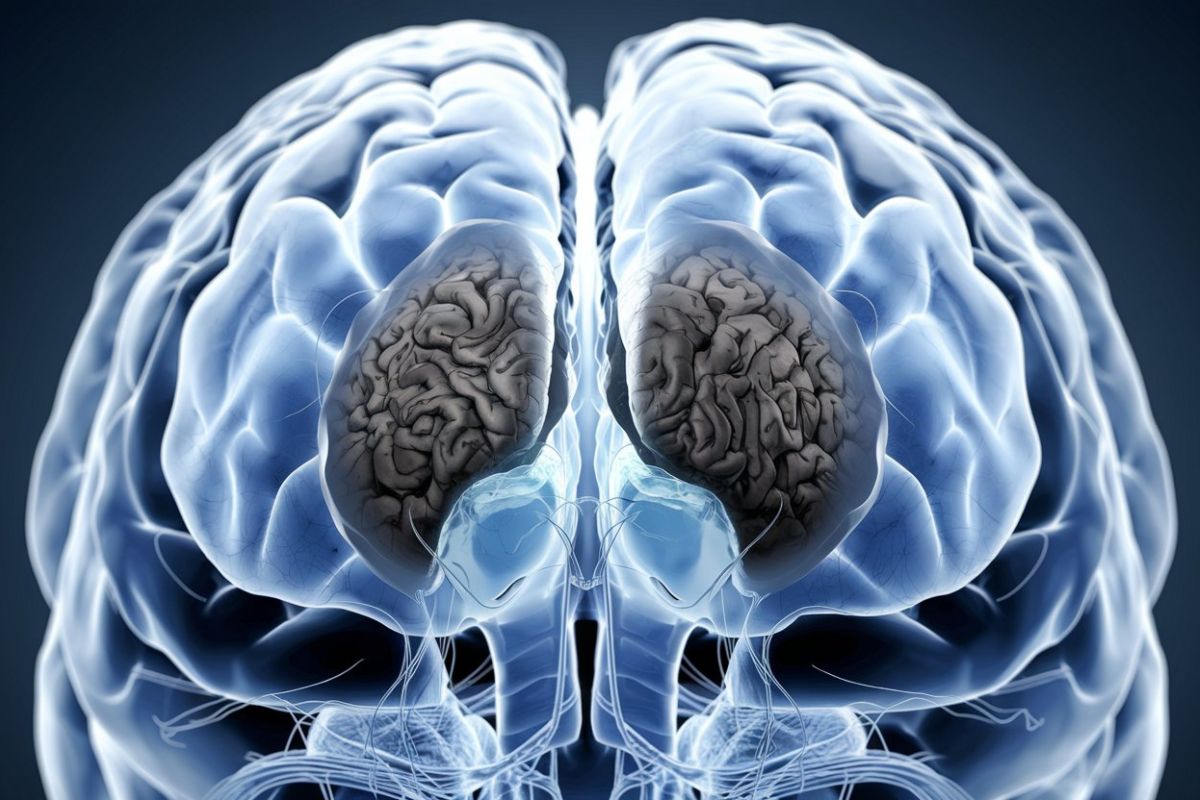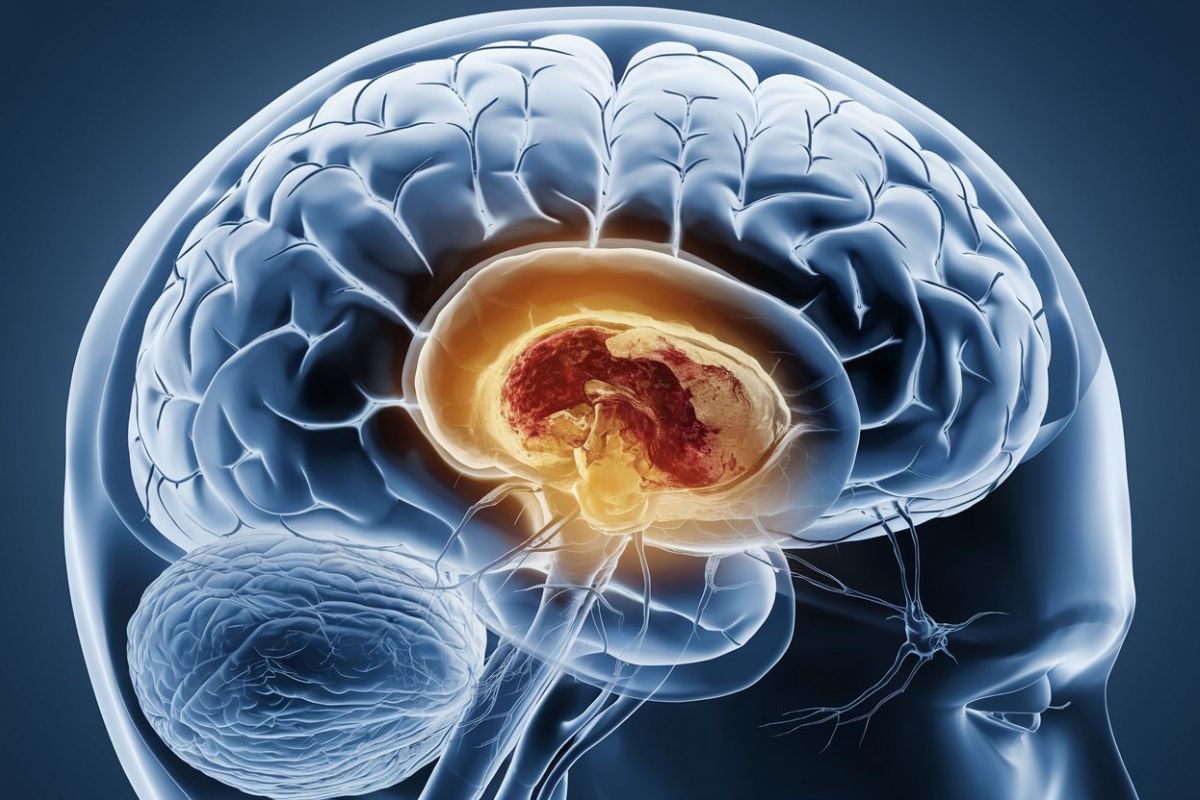
Cerebellar Parenchymal Degeneration is a condition that affects the cerebellum, the part of the brain responsible for coordinating movements, balance, and posture. This condition can arise from various causes, including genetic mutations, autoimmune disorders, and chronic alcohol abuse. Symptoms often include ataxia (loss of coordination), dysarthria (difficulty speaking), and dysphagia (difficulty swallowing). Diagnosing this condition involves clinical evaluations, imaging studies, and laboratory tests. While there is no cure, treatments focus on managing symptoms and improving quality of life. Understanding the different types and causes of cerebellar degeneration is crucial for effective management and support.
Key Takeaways:
- Cerebellar Parenchymal Degeneration affects coordination and balance due to neuron deterioration. Symptoms include ataxia, dysarthria, and abnormal walking patterns. Treatment focuses on managing symptoms and providing support.
- Various causes of Cerebellar Parenchymal Degeneration include genetic mutations, autoimmune disorders, and acquired factors like alcohol abuse. Research and support organizations play a crucial role in understanding and managing this condition.
What is Cerebellar Parenchymal Degeneration?
Cerebellar parenchymal degeneration is a condition affecting the cerebellum, the brain region responsible for coordinating movements, balance, and posture. Understanding this condition involves exploring its causes, symptoms, and treatment options.
-
Definition of Cerebellar Parenchymal Degeneration: This condition involves the deterioration or death of neurons in the cerebellum, leading to coordination and balance issues.
-
Types of Cerebellar Degeneration: There are several types, including paraneoplastic, alcoholic, nutritional, and those caused by inherited genetic mutations.
Symptoms of Cerebellar Parenchymal Degeneration
Recognizing the symptoms is crucial for early diagnosis and management. Symptoms can vary widely depending on the underlying cause.
-
Ataxia: Weakened muscle coordination, leading to an unsteady gait and difficulty with fine motor tasks.
-
Dysarthria: Difficulty speaking, often characterized by slurred or slow speech.
-
Dysphagia: Difficulty swallowing, which can lead to aspiration and other complications.
-
Abnormal Walking Patterns: Patients may exhibit wide-based, unsteady, or lurching walks.
-
Nystagmus: Rapid, small movements of the eyes, which can be a sign of cerebellar dysfunction.
Causes of Cerebellar Parenchymal Degeneration
Understanding the causes helps in identifying the right treatment and management strategies.
-
Genetic Causes: Inherited genetic mutations can lead to progressive degeneration of the cerebellum. Examples include Friedreich's ataxia and spinocerebellar ataxias.
-
Autoimmune Causes: Paraneoplastic cerebellar degeneration is an autoimmune disorder where the immune system mistakenly attacks the cerebellum, often in response to cancer.
-
Acquired Causes: Chronic alcohol abuse, nutritional deficiencies, and certain infections can also lead to cerebellar degeneration.
Diagnosis of Cerebellar Parenchymal Degeneration
Diagnosing this condition involves a combination of clinical evaluation, imaging studies, and laboratory tests.
-
Clinical Evaluation: A thorough neurological examination is crucial for identifying symptoms such as ataxia, dysarthria, and dysphagia.
-
Imaging Studies: MRI and CT scans can help visualize the cerebellum and identify any structural abnormalities or damage.
-
Laboratory Tests: Blood tests may be conducted to rule out nutritional deficiencies or detect autoimmune markers.
Treatment Options for Cerebellar Parenchymal Degeneration
While there is no cure for most forms of cerebellar degeneration, various treatment options can help manage symptoms and improve quality of life.
-
Supportive Care: Physical therapy, occupational therapy, and speech therapy can help patients maintain mobility and independence.
-
Medications: Medications such as benzodiazepines and anticonvulsants may be prescribed to manage symptoms like tremors and seizures.
-
Surgical Interventions: In some cases, surgical interventions like deep brain stimulation may be considered to alleviate severe symptoms.
-
Nutritional Support: Ensuring adequate nutrition, particularly thiamine, is essential for patients with alcoholic or nutritional cerebellar degeneration.
Specific Types of Cerebellar Degeneration
Different types of cerebellar degeneration have unique characteristics and associations.
-
Paraneoplastic Cerebellar Degeneration: Often linked to cancers such as Hodgkin’s disease, small-cell lung cancer, breast cancer, and gynecologic cancers.
-
Alcoholic Cerebellar Degeneration: Caused by chronic alcohol abuse, leading to thiamine deficiency and subsequent damage to the cerebellum.
-
Nutritional Cerebellar Degeneration: Similar to alcoholic cerebellar degeneration but can result from any nutritional deficiency that affects the cerebellum.
-
Inherited Genetic Mutations: Conditions like Friedreich’s ataxia and spinocerebellar ataxias are caused by specific genetic mutations.
Other Conditions Affecting the Cerebellum
Several other conditions can lead to cerebellar degeneration or similar symptoms.
-
Stroke and Cerebellar Degeneration: Stroke can reduce blood flow to the cerebellum, causing ischemic or hemorrhagic damage.
-
Cerebellar Cortical Atrophy: A progressive disorder characterized by degeneration of the cerebellar cortex.
-
Multisystem Atrophy: A progressive disorder affecting multiple systems, including the cerebellum.
-
Olivopontocerebellar Degeneration: A progressive disorder affecting the olivopontocerebellar system.
-
Transmissible Spongiform Encephalopathies: Diseases like Creutzfeldt-Jakob disease cause cerebellar degeneration through abnormal proteins.
-
Multiple Sclerosis: An autoimmune disease that can damage the cerebellum by affecting the myelin sheath.
Research and Support for Cerebellar Degeneration
Ongoing research and support from various organizations are crucial for understanding and managing cerebellar degeneration.
-
Research and Clinical Trials: Research focuses on understanding genetic mutations and developing treatments. Clinical trials help advance knowledge and treatment options.
-
Organizations Supporting Research: Groups like the National Ataxia Foundation, Friedreich’s Ataxia Research Alliance, and National Multiple Sclerosis Society support research and provide resources for patients and families.
-
Future Directions in Research: Ongoing research aims to better understand the mechanisms underlying cerebellar degeneration and develop more effective treatments. Identifying genes involved could lead to targeted therapies and potential cures.
Understanding Cerebellar Parenchymal Degeneration
Cerebellar parenchymal degeneration is a complex condition affecting the brain's coordination and balance center. It can stem from various causes like genetic mutations, autoimmune disorders, chronic alcohol abuse, and nutritional deficiencies. Symptoms often include ataxia, dysarthria, and dysphagia, significantly impacting daily life. Diagnosing this condition involves clinical evaluations, imaging studies, and lab tests. While there's no cure, treatments focus on managing symptoms and improving quality of life through supportive care, medications, and sometimes surgery. Ongoing research aims to uncover more about the genetic factors and develop better treatments. Organizations like the National Ataxia Foundation and Friedreich’s Ataxia Research Alliance play a crucial role in supporting research and providing resources. Understanding this condition helps in managing it better and offers hope for future advancements in treatment.
Frequently Asked Questions
Was this page helpful?
Our commitment to delivering trustworthy and engaging content is at the heart of what we do. Each fact on our site is contributed by real users like you, bringing a wealth of diverse insights and information. To ensure the highest standards of accuracy and reliability, our dedicated editors meticulously review each submission. This process guarantees that the facts we share are not only fascinating but also credible. Trust in our commitment to quality and authenticity as you explore and learn with us.


